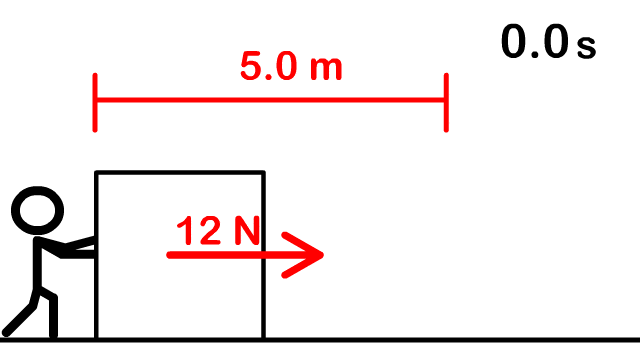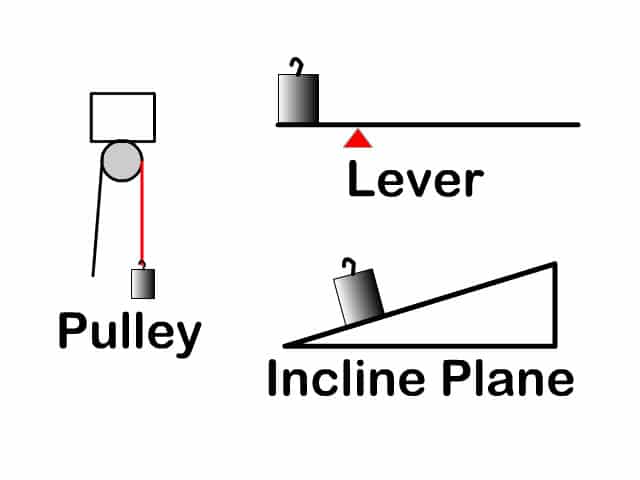Work, Power, Energy, and Simple Machines Unit Assessment
Take our work, power, energy, and simple machines unit assessment quizzes. Follow links back to lessons for support your weakest assessment.
Links
- Back to the Main Work, Power, Mechanical Energy, and Simple Machines Page
- Back to the Stickman Physics Home Page
- For video tutorials and other physics resources check out HoldensClass.com
- Find many of your animation resources in one place at the StickMan Physics Gallery
- Equation Sheet



